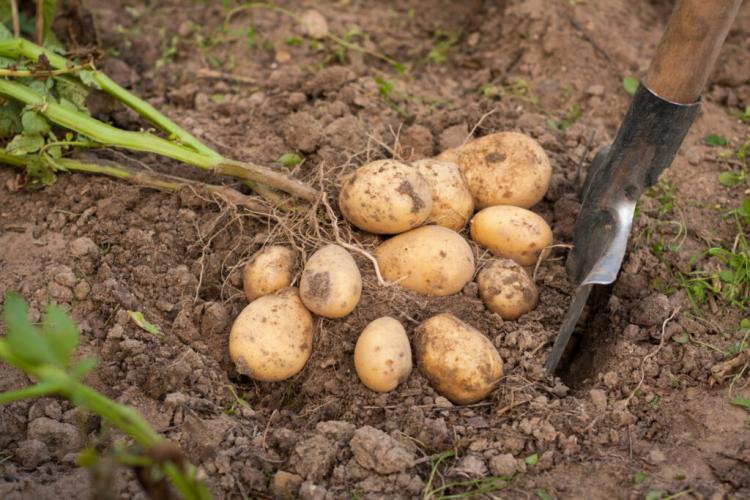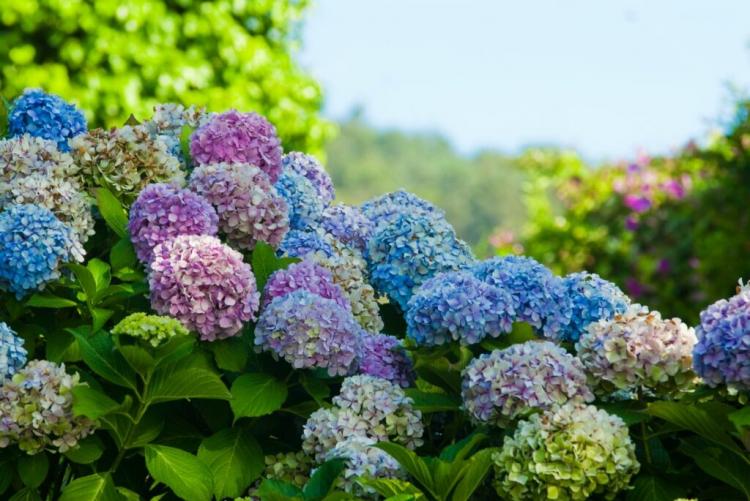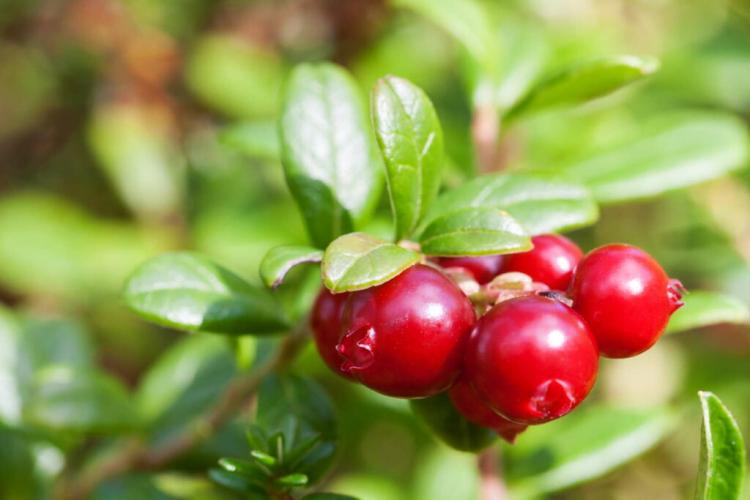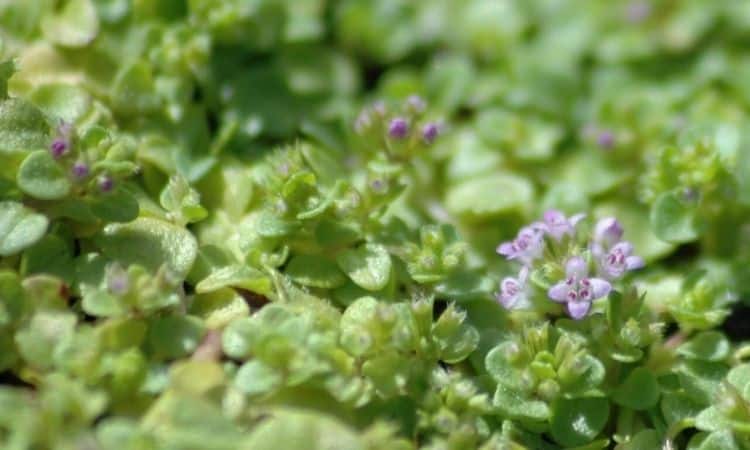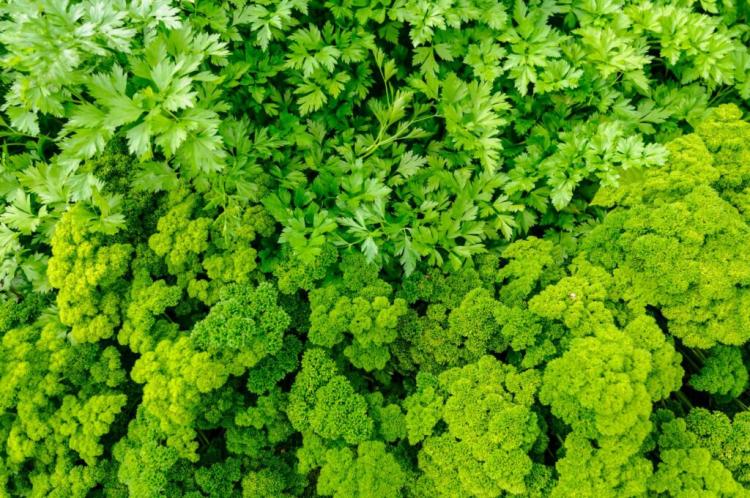Harvesting Potatoes: Correct Procedure And Timing
When growing potatoes, harvest time is the best time. But when is the right time and what should be considered when harvesting potatoes?
The potato ( Solanum tuberosum ) is a vegetable with a long tradition. Today there are many alternatives to the nutrient-rich potato, but the healthy tuber is still an indispensable part of our kitchen. For hobby gardeners too, the potato is an attractive candidate for their own bed because it has several advantages: Depending on the type of potato, it has colorful flowers, is relatively easy to handle, and, with good care, rewards the gardener with high yields. So that you can get your beloved tubers out of the ground at the right time, we give tips on harvesting times and how you should proceed with the potato harvest.
Harvesting potatoes: the right time
Table of Contents
When do you harvest potatoes? The time window for the potato harvest extends over several months from the early potato to the late potato variety. New potatoes can be harvested from mid-June. Mid-early potatoes are usually dug out of the ground by mid-August. The harvest of the rather late potatoes can take place until late October. The choice of the harvest time depends not only on the gardener’s preferences but also on the choice of potato variety and the time of laying the tasty tubers.
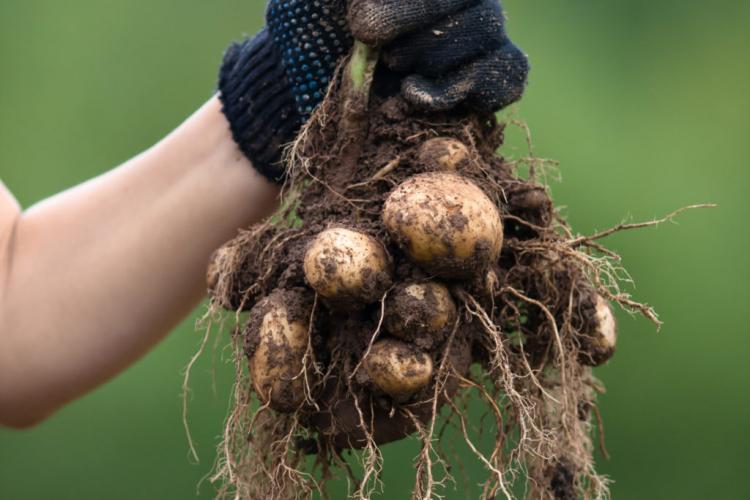
Harvesting potatoes: how to do it
Before actually harvesting the potatoes, the above-ground herbs should be removed. Once you have placed your seed tubers in dams, harvesting should be relatively easy. When harvesting potatoes in flatbeds, you should be a little more careful when digging, as the soil is usually compacted, which is why more force has to be used here. The potatoes can be gently lifted out of the ground with a digging fork or a potato hoe – this reduces mechanical injuries to a minimum. There are also special potato forks with rounded tips to protect the tubers.
You might so like: Potatoes In Bag, Barrels, Sacks, And Crates
Regardless of the method chosen, it is beneficial if the soil is relatively dry. If the soil is very moist, unnecessarily much of it will stick to the potatoes and the tubers have to be washed before storing. In the worst case, this can lead to premature spoilage of the potatoes because the moisture promotes the germination of spores of harmful fungi. You don’t have to worry about bruises on potatoes. The starchy sprout tubers are quite robust and can also be collected and stored in boxes in multiple layers.
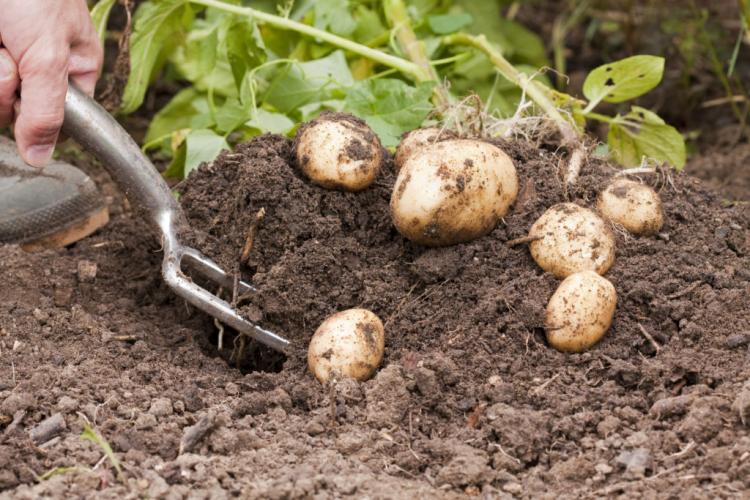
Harvest potatoes in a pot
If you have proceeded as shown in our video when planting your potatoes, simply take the inner, prepared pot out of the outer one to harvest. With a little sensitivity, you can carefully remove the tubers on the outside through the window in the pot. You can then gradually remove the excess soil to harvest all the potatoes, or you can put the inner pot back in the outer one and wait for a later harvest time. If, on the other hand, you have decided to grow potatoes in a flower pot or planting sack, the gentlest way to harvest the potatoes is to carefully dig them out with your hands.
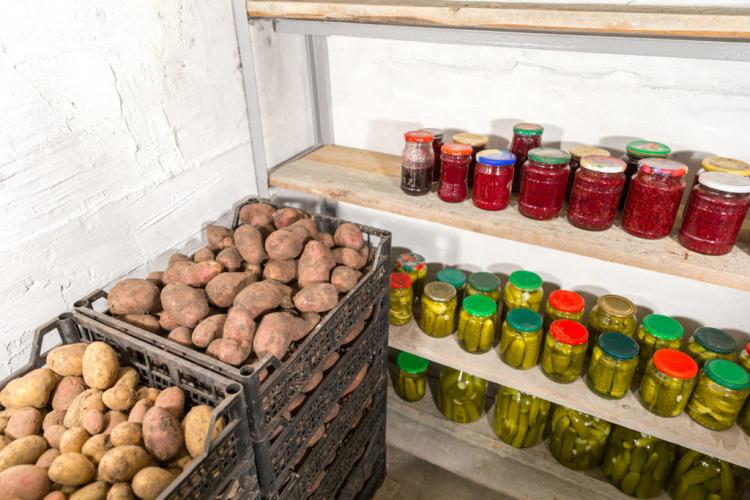
Store potatoes and keep them properly after harvest
The potato is one of the vegetables that are very easy to store in its unprocessed state. However, the right conditions must exist for this: Above all, the potatoes must be stored in a cool, dry, and dark place to prevent premature germination. The humidity is also an important factor in ensuring that your potatoes show their best side for a long time. At 90% humidity, the potatoes stay fresh and do not get wrinkled.
You might so like: Growing Sunflowers In Pots: Tips For A Long Bloom
